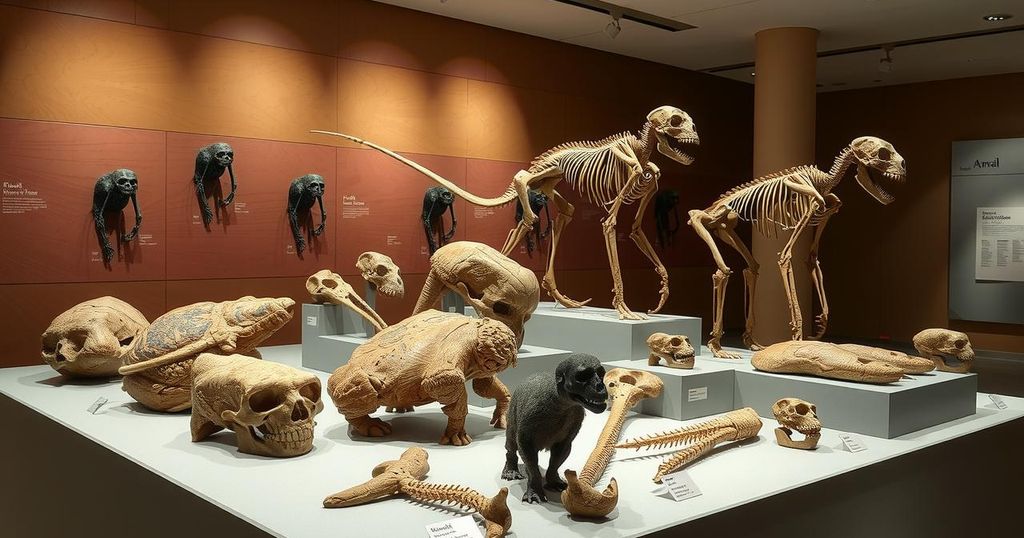The Role of Neuroscience in Evolving Artificial Intelligence Towards True Intelligence
This article proposes that scaling alone is insufficient for achieving Artificial General Intelligence (AGI) and emphasizes the need for neuroscience insights. It critiques the limitations of scaling, discusses the emergent properties of AI, and distinguishes between mere prediction and true agency. Ultimately, it advocates for a harmonious fusion of AI with human cognitive principles to unlock genuine intelligence.
Artificial Intelligence (AI) is evolving at breakneck speed, fueled by an unwavering commitment to scaling—boosting computing power, aggregating data, and amplifying parameters. The seductive notion here is that ever-larger models might eventually give birth to Artificial General Intelligence (AGI) akin to human capabilities. However, despite the spectacle of colossal language models, fundamental questions linger about whether mere scaling can unlock true understanding, creativity, or consciousness. This article posits that to reach AGI, we must look to neuroscience for insights that challenge our current scaling-centric dogma and open pathways to authentic intelligence.
Stuart Russell, a leading voice in AI research, critiques the prevailing scaling methodology, exposing its lack of foundational principles. These enormous models function as “giant black boxes” devoid of theoretical underpinnings, leading us down an empirical road fraught with limitations, such as data constraints and computational bottlenecks. Even seemingly successful endeavors like AlphaGo risk inducing misconceptions of intelligence without genuine understanding. If we persist in pursuing scaling alone, we may face stagnation—an “AI winter” that could enshroud both economic and scientific landscapes in despair.
Recent explorations into emergent capabilities have unveiled fascinating parallels to human cognition: certain skills seemingly blossom only after surpassing specific model sizes. As detailed by Wei et al. (2022), functionalities such as arithmetic and multi-step reasoning appear unpredictably, heightening the stakes of our reliance on models. While some may view these phenomena as validation of scaling, this unpredictability signifies an urgent need for deeper scientific principles to guide our endeavors in AI development.
Karl Friston’s Free Energy Principle (FEP) sheds light on intelligence through an adaptive lens, depicting the brain as a dynamic system that minimizes uncertainty by engaging in ongoing action-perception cycles. In contrast to AI’s static pattern recognition, human cognition actively shapes experiences by generating hypotheses and adjusting actions. This highlights the essential role of embodied cognition—the interplay of the brain, body, and environment that current AI systems sorely lack.
At their core, AI models like ChatGPT and the human brain function as prediction engines, but their operational mechanisms diverge significantly. While large language models execute predictions through probabilistic methods based on vast datasets, they lack intrinsic meaning and autonomy. In contrast, the human brain’s predictive ability fosters agency—actively interacting with the world to refine beliefs and behaviors based on sensory perceptions, fostering a dynamic loop of learning.
Philosopher Luciano Floridi elucidates this gap between AI and human cognition by arguing that LLMs, despite their linguistic prowess, remain sophisticated statistical processors rather than embodiments of true intelligence. Building on John Searle’s Chinese Room Experiment, we explore how AI merely simulates understanding without authentic comprehension, underscoring the need for grounding AI with cognitive elements and real-world experiences to transcend this limitation.
The distinction between intelligence and consciousness further complicates the quest for AGI, as highlighted by neuroscientist Anil Seth. While intelligence can yield goal-directed actions, consciousness arises from the lived experiences of a self-organized entity. This separation implies that we cannot assume that simply boosting intelligence will result in consciousness, emphasizing the necessity of integrating neuroscience into AI development to advance both fields meaningfully.
Drawing from recent research, Kotler et al. (2025) discuss how flow states—optimal conditions of creativity—combine both instinctual and deliberative thinking. Although today’s AI mimics facets of these processes, it lacks the seamless integration of dynamic interactions intrinsic to human cognition. By aligning AI with neuroscience principles, we can foster genuine synergy that enhances human creativity and decision-making, shifting AI from passive tools to vibrant partners in our creative journeys.
In wrapping up, the integration of neuroscience into AI holds immense promise, guiding us toward a new frontier of intelligent systems that may not only approximate human thought but enrich our creative capacities. By embracing this interdisciplinary approach, we set the stage for an era of agentic AI, one that transcends simple automation, becoming a true collaborative force with the potential to redefine our understanding of intelligence and creativity.
To truly advance artificial intelligence beyond mere scaling of current models, we must integrate insights from neuroscience. This journey highlights the importance of embodied cognition, distinguishing between understanding and merely simulating intelligence. By exploring the connections between agency, flow states, and the nuances of consciousness, we can better align AI development with human cognition, paving the way for truly intelligent systems that augment our creativity.
Original Source: www.psychologytoday.com




Post Comment